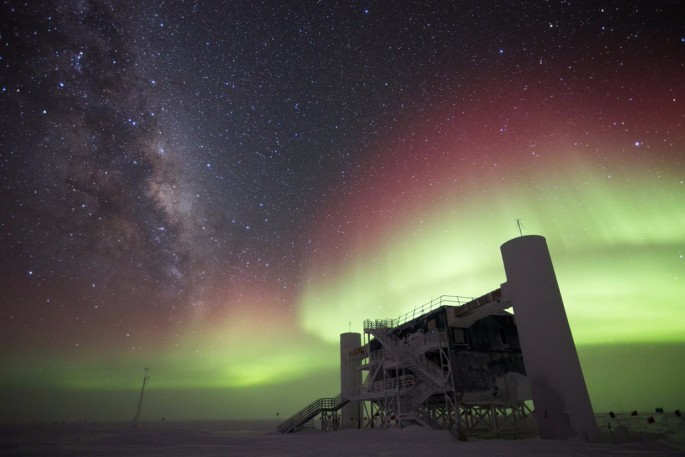Scientists and researchers based on the IceCube Neutrino Observatory in Antarctica have ended up empty-handed after a search for sterile neutrinos, which are particles hypothesized to exist only through interaction with gravity.
The results have left significant holes with regards to our understanding of particle physics, according to a study published by APS Physics. It is said that the outcome is going to force particle theorists to reinvent a model that would explain some unanswered fundamental questions about the universe, from antimatter to dark energy.
"The data were quite emphatic, and we have closed the door on that already," said Francis Halzen, a theoretical physicist at the University of Wisconsin-Madison. "My collaborators and I would have loved to see these sterile neutrinos."
Neutrinos are ghostlike particles that pass through literally everything they go through and every matter they interact with, from stars to people. They virtually almost have zero mass and are very minuscule, but also very present in the universe, only trailing behind photons as the most common particles in the observable universe.
Neutrinos consist of three flavours: tau, muon, and electron, with the three differing in mass. The currently accepted standard model of particle physics has presumed that these ghostlike particles do not have mass, which has become problematic upon the discovery that neutrino particles had mass.
The underlying existence of a fourth flavor, namely, a "sterile" neutrino, is hypothesized by theorists and scientists. This fourth flavor does not interact with matter, and there have been experiments in various laboratories during the 90's that somehow hinted at the existence of such flavor.
The standard model would even become more problematic once the sterile neutrino is discovered. This kind of discovery is tantamount to rewriting the laws of the universe as we presently understand it. But despite this scary premonition, it will also be the key to unlock a whole lot more mysteries in the universe that have not been thoroughly elaborated with the standard model, such as dark matter.
The IceCube Detector is a specialized equipment used to capture these neutrinos, which involve detection powers that block out other particles. Once an event among the neutrino's flavors occurs in a specific situation, It would prove the existence of neutrinos. But these events have been analysed 100,000 times, and none of them triggered the event.
To the extent of the IceCube Detector, the result seems to be that these sterile neutrinos do not exist, or at least there is no evidence of their existence. "These mysterious particles could have been our entryway toward detecting a new kind of physics," Halzen told the L.A. Times, "but now we have substantial evidence that the possibility of their existence is almost zero."
To understand the basics of neutrinos, watch the video below:



























